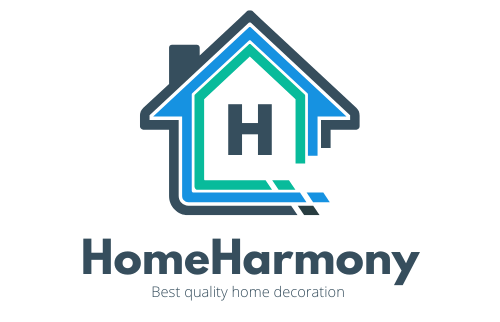Voice-Activated Spaces Change Daily Life
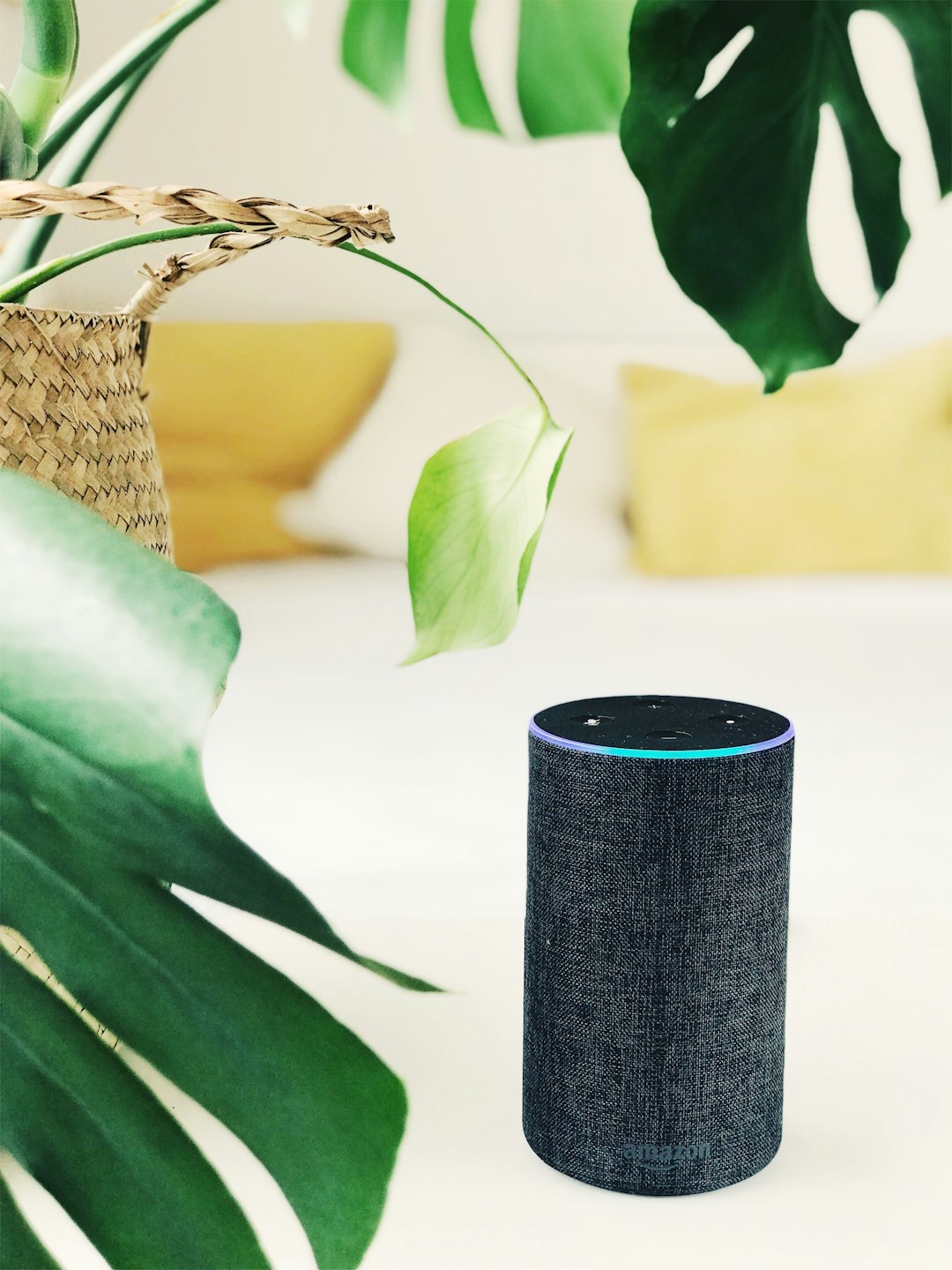
Voice assistants like Alexa, Google Assistant, and Siri have moved from our phones to our living rooms. Today, nearly 40% of American homes have at least one smart speaker, and this number keeps growing. Designers are creating rooms where lights, thermostats, and even window shades respond to spoken commands. This is not just a fun novelty—it helps people with disabilities, makes daily routines smoother, and adds a futuristic touch that feels truly transformative. For example, you can dim the lights or turn on your favorite playlist without leaving the couch. Smart speakers are now being hidden in stylish furniture or behind decorative panels, blending technology with home aesthetics. This trend is about creating a seamless, hands-free experience, making homes more accessible and convenient for everyone. The shift toward voice-activated living is only accelerating, as more brands invest in smarter, integrated home systems.
Energy-Efficient Lighting for Health and Savings
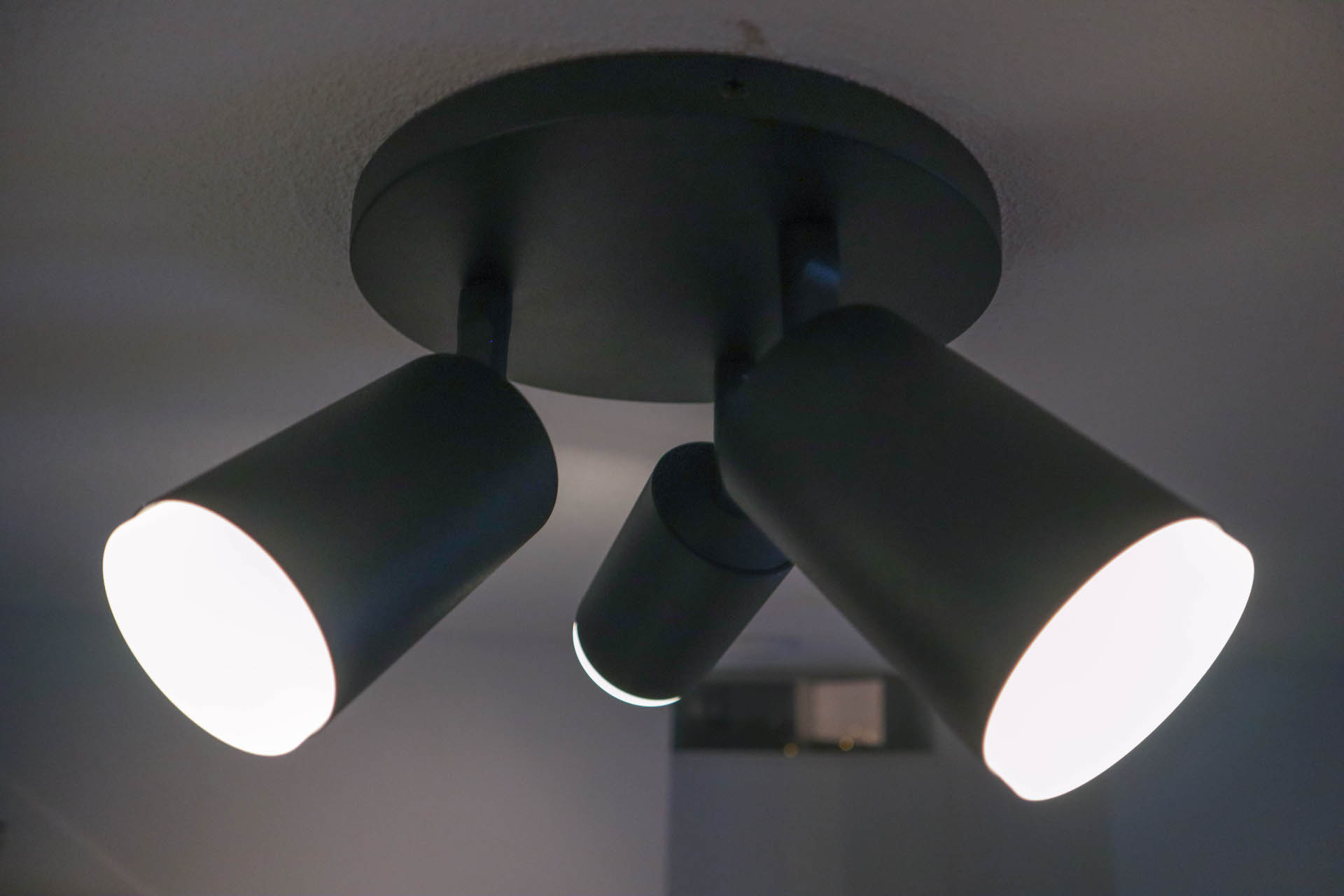
LED lighting has revolutionized how we illuminate our homes, and the trend is only getting smarter. Modern smart bulbs can now change color temperature to support your circadian rhythm, which helps regulate sleep and energy levels. Studies show that lighting that mimics natural daylight can improve mood and well-being. Smart lighting systems like Philips Hue or LIFX allow homeowners to control every bulb from a phone, set schedules, and even use motion sensors to save energy. According to the U.S. Department of Energy, LED bulbs use at least 75% less energy and last 25 times longer than incandescent lighting. Designers are integrating these lights into custom fixtures and architectural features, making them both practical and beautiful. Smart lighting isn’t just about convenience—it’s about living healthier and more sustainably.
Multi-Functional Furniture Maximizes Space
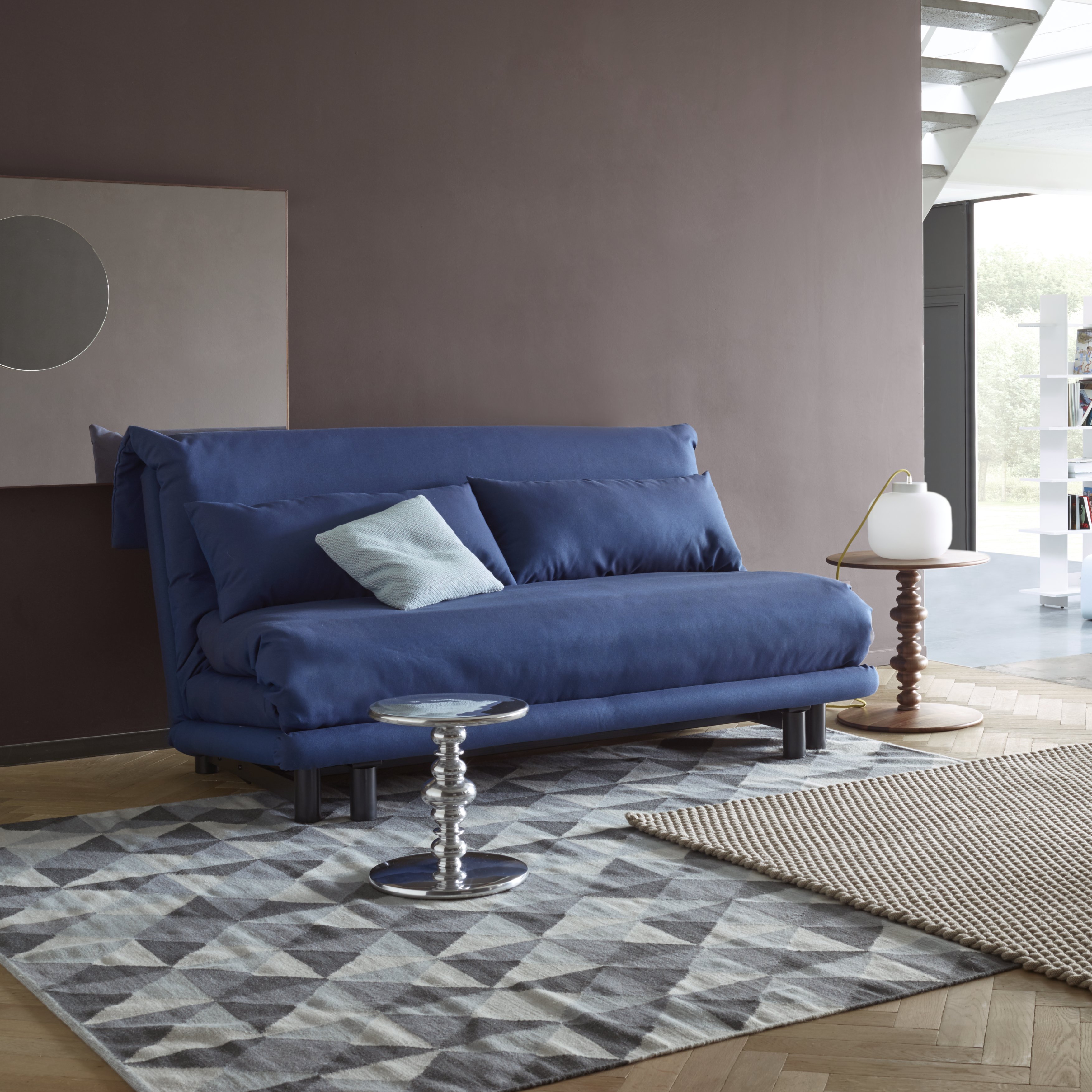
With urban living spaces getting smaller, furniture that serves more than one purpose is in high demand. In 2025, multi-purpose sofas, extendable tables, and beds with built-in storage are everywhere in trendy apartments. Some sofas transform into desks for remote work, while coffee tables charge your devices wirelessly. These pieces are designed for flexibility, letting residents shift easily between working, relaxing, and entertaining. IKEA’s latest smart furniture line, for example, includes modular units that click together in various ways, adapting as your needs change. This trend isn’t just about saving space—it’s about making every square foot work harder, with clever design and integrated technology. As homes become more compact, multi-functional furniture is becoming a must-have for smart, stylish living.
Biophilic Design Combines Nature and Technology
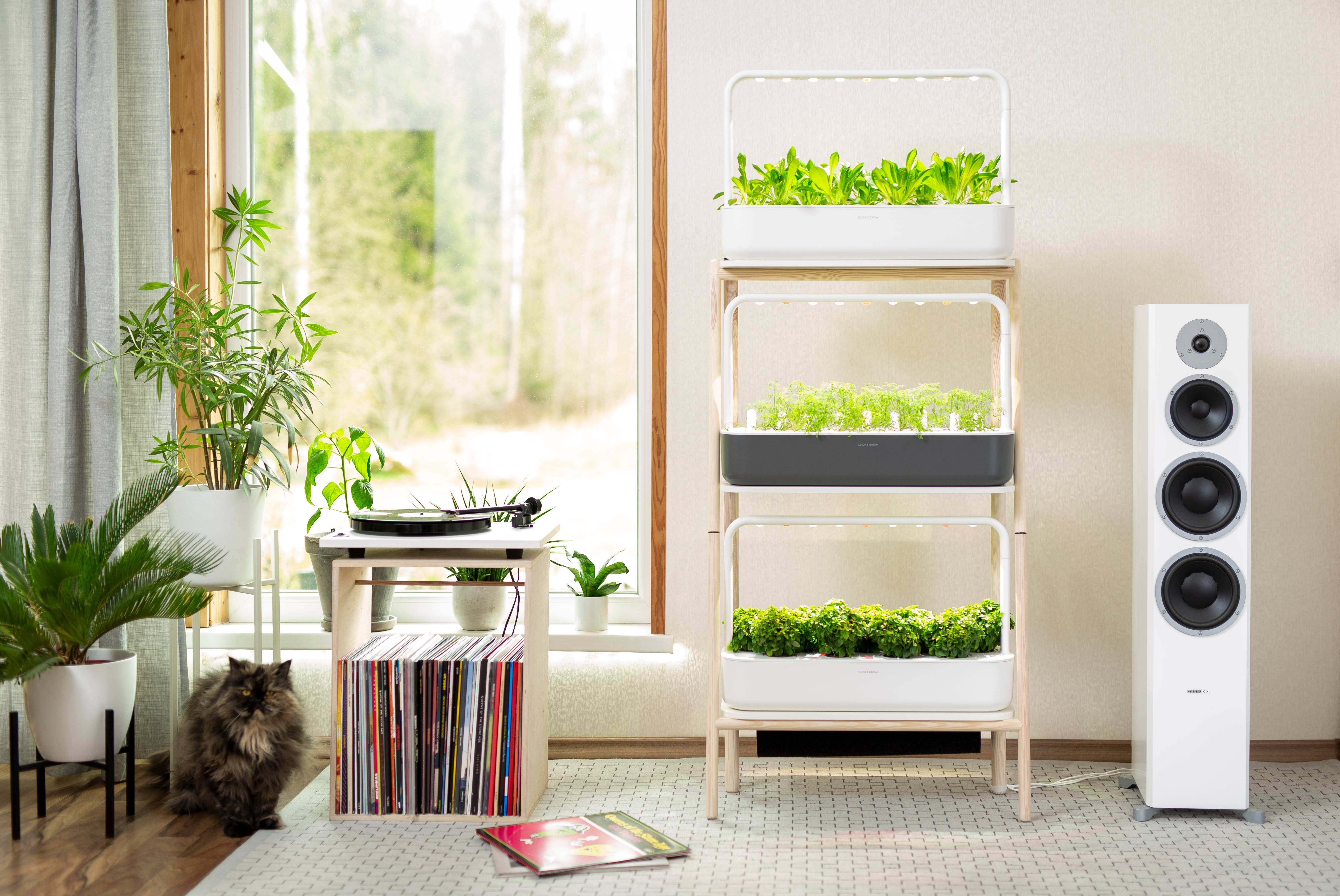
Bringing the outside in is more than just a design fad—it’s backed by science. Biophilic design, which connects people with nature, is linked to lower stress and higher productivity. In 2025, designers are merging this trend with smart tech by using living walls with automated watering systems and planters that monitor soil moisture. Smart windows adjust tint to let in just the right amount of sunlight, improving mood and reducing energy costs. According to Harvard research, employees in offices with biophilic elements reported a 15% higher sense of well-being. Homeowners are using app-controlled hydroponic gardens to grow herbs in the kitchen, blending nature, convenience, and smart living. This thoughtful integration of greenery and gadgets is transforming interiors into healthier, more inspiring places to live.
Touchless Technology Promotes Hygiene
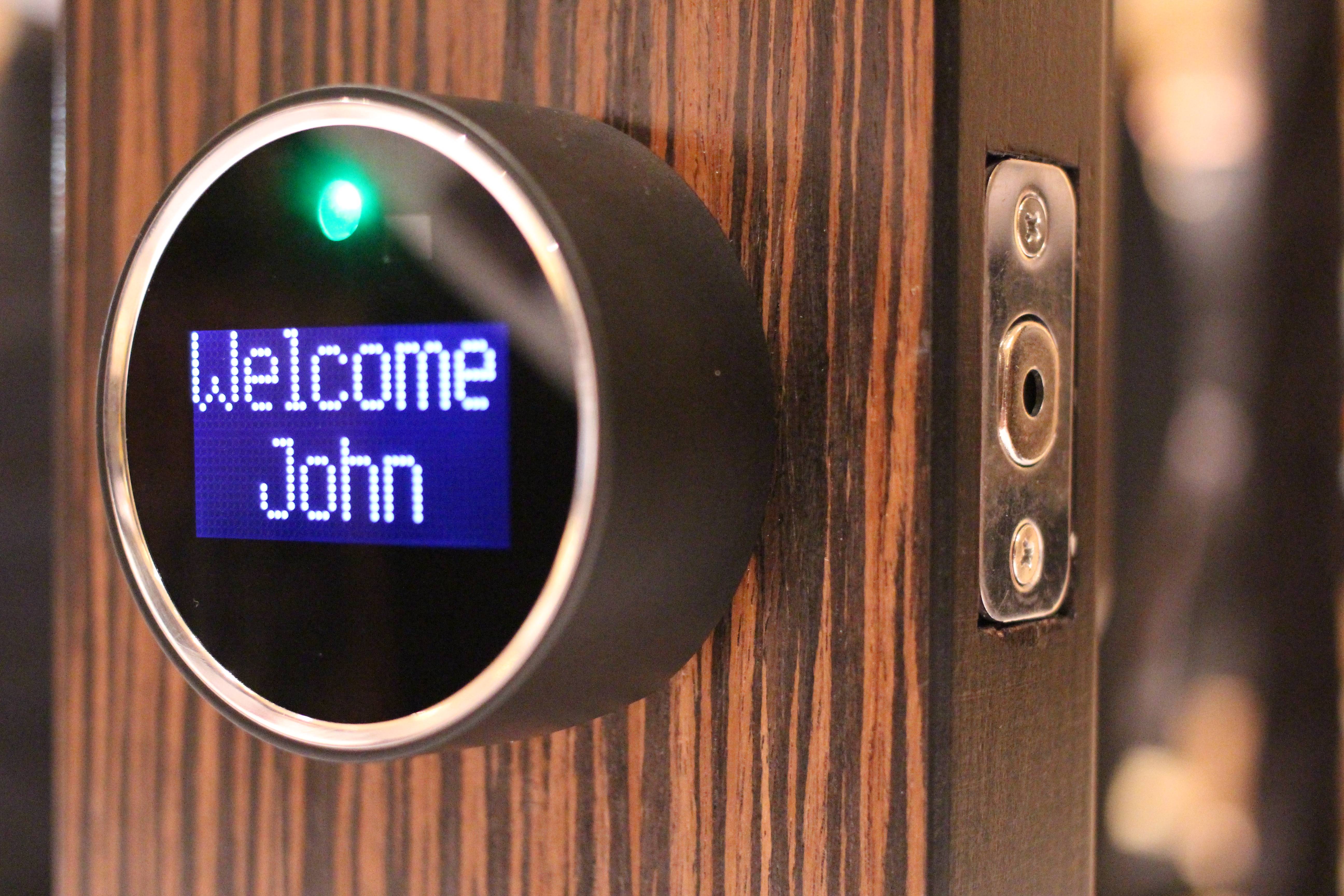
The pandemic accelerated the adoption of touchless tech in homes, as people sought to reduce germ spread. Now, motion-activated faucets, voice-controlled appliances, and smart door locks are standard features in modern kitchens and bathrooms. According to a recent market analysis, the global touchless sensor market is set to surpass $17 billion by 2027. Designers are embedding these features in sleek, minimalist fixtures that match the home’s style. Touchless garbage cans and soap dispensers are also gaining popularity, especially in homes with children or elderly residents. This technology is not only practical but also reassuring, helping families feel safer in their own homes. The trend is here to stay, with more brands focusing on integrating hygiene with high design.
Home Automation Hubs Centralize Control
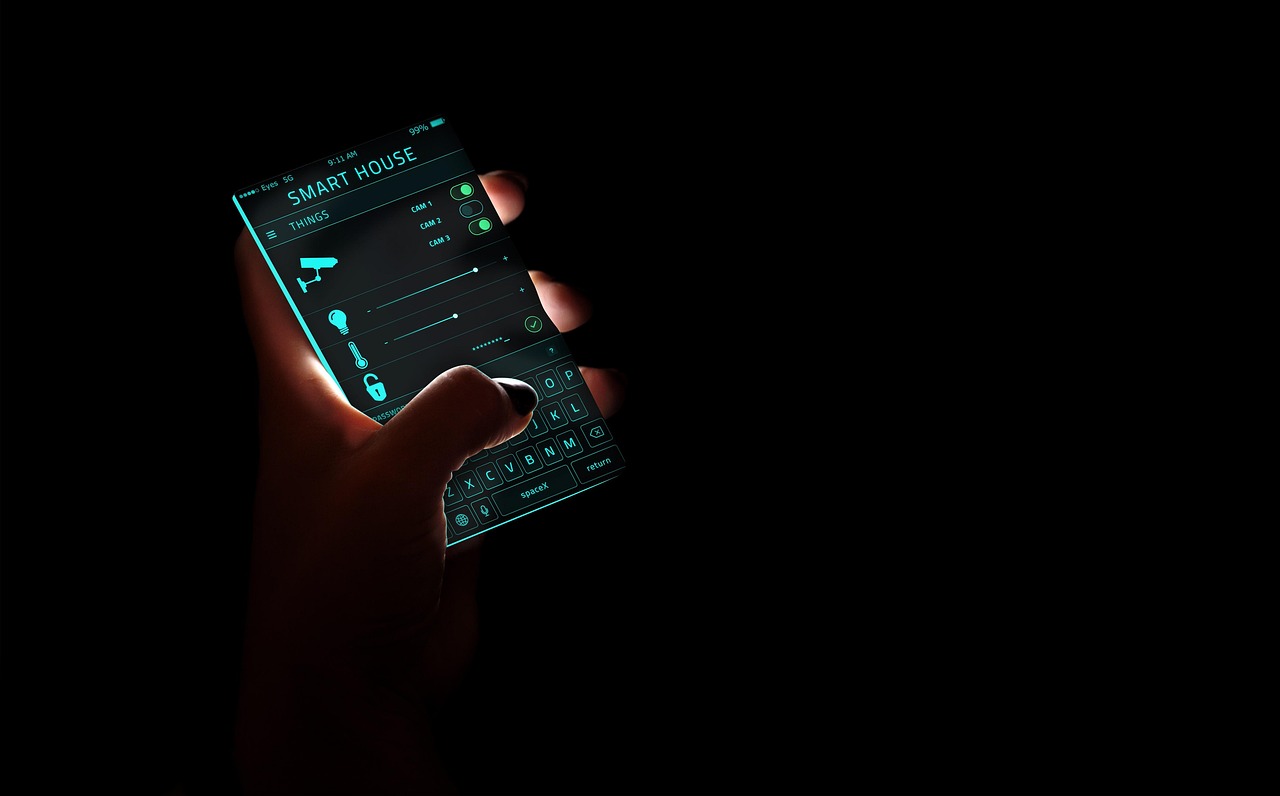
Gone are the days of juggling a dozen remotes or apps for every device. Centralized home automation hubs, like Samsung SmartThings or Apple HomeKit, bring all your smart devices together in one easy-to-use system. In 2025, these hubs are being built discreetly into walls or hidden in stylish cabinetry. They allow users to control lighting, security, entertainment, and climate with a single touch or command. Recent surveys show that over 60% of smart home adopters prefer a unified platform for ease of use and security. Designers are working with tech companies to ensure these hubs are both functional and aesthetically pleasing. The result is a more streamlined, intuitive living experience that puts control at your fingertips—without the clutter.
Smart Kitchens Make Cooking Effortless
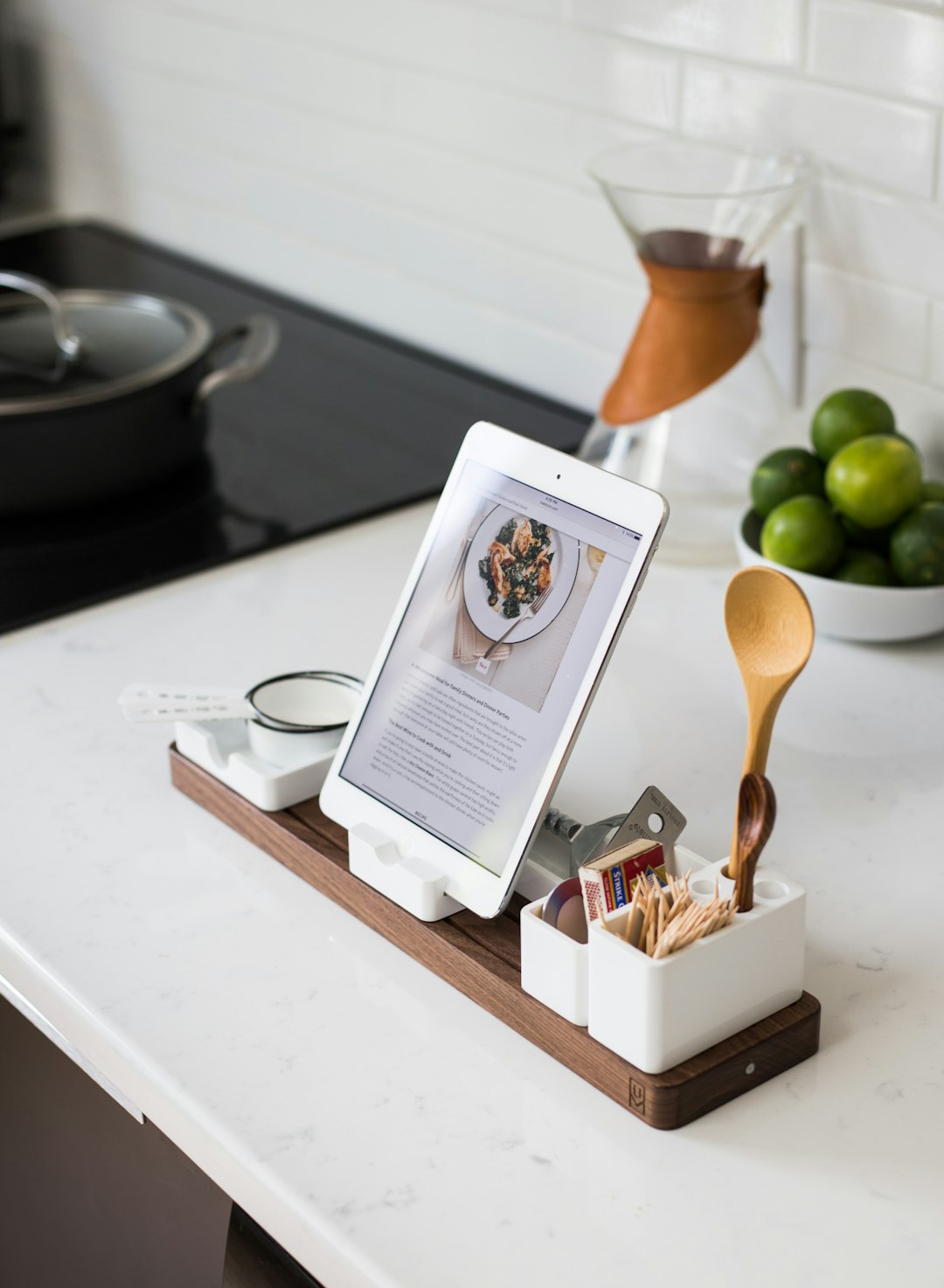
Kitchens are the heart of the home, and they’re getting smarter every year. In 2025, appliances like refrigerators that track expiration dates and ovens that can be preheated from your phone are increasingly common. A recent study found that 57% of new home buyers consider smart kitchen features a priority. Voice-activated assistants can read recipes aloud, while induction cooktops adjust temperature automatically for perfect results. Designers are building charging stations and device docks into countertops, making it easy to watch cooking videos or take calls while preparing meals. Smart faucets deliver measured amounts of water, saving time and reducing waste. These innovations are revolutionizing how people cook, clean, and entertain, making kitchens more efficient and enjoyable.
Adaptive Climate Control for Comfort and Savings
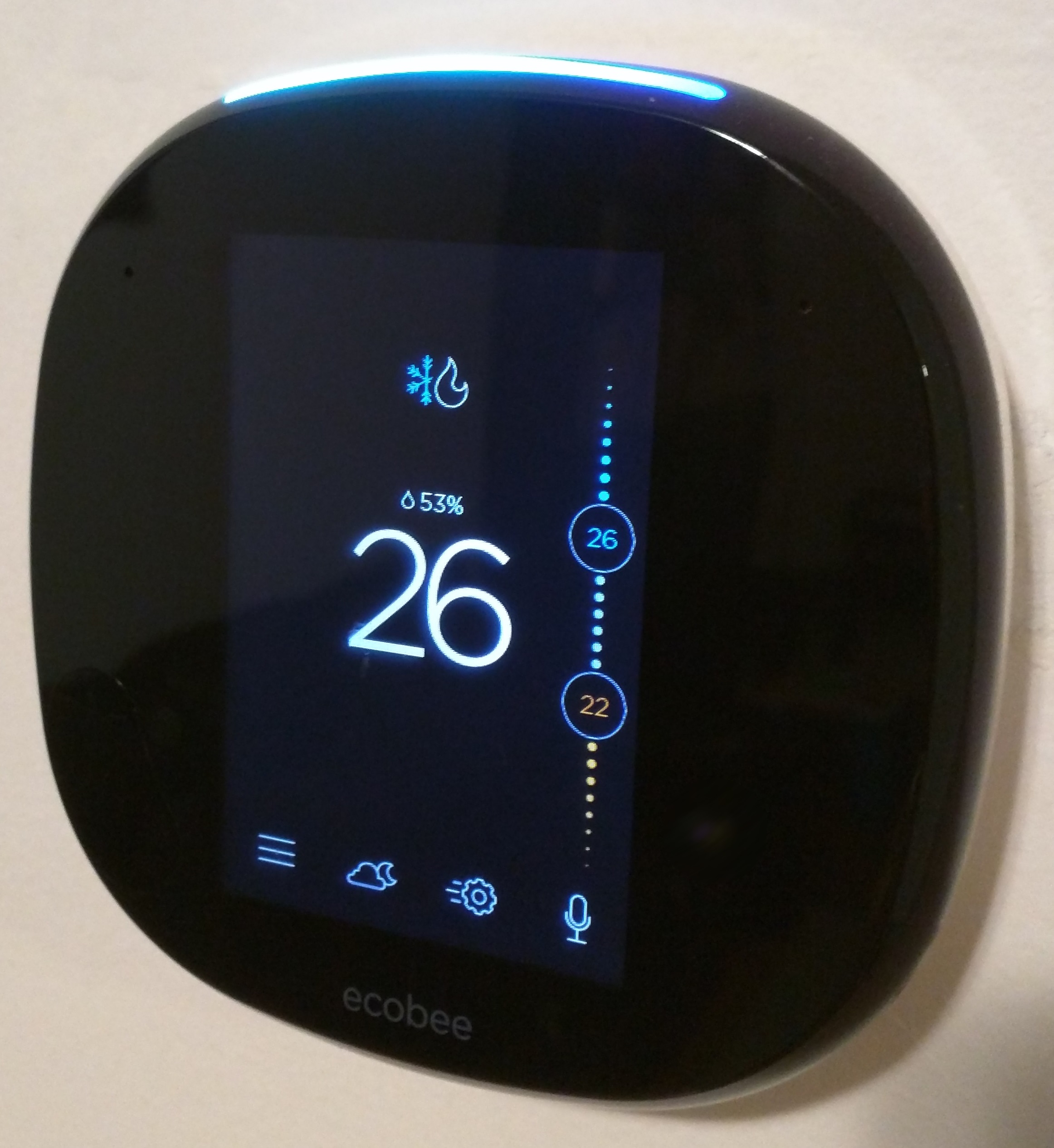
Smart thermostats like Nest and Ecobee have changed how we heat and cool our homes. In 2025, climate control is even more adaptive, learning your habits and adjusting automatically to keep you comfortable and save energy. According to the Environmental Protection Agency, smart thermostats can reduce heating and cooling costs by up to 10-12%. Newer systems also monitor air quality, humidity, and even allergens, sending alerts to your phone if something needs attention. Designers are hiding sensors in ceilings and walls, so technology doesn’t interrupt the room’s style. Voice and app controls make it easy to adjust settings from anywhere—whether you’re in bed or halfway around the world. This trend is about creating homes that feel just right, no matter the season or time of day.
Personalized Home Security for Peace of Mind
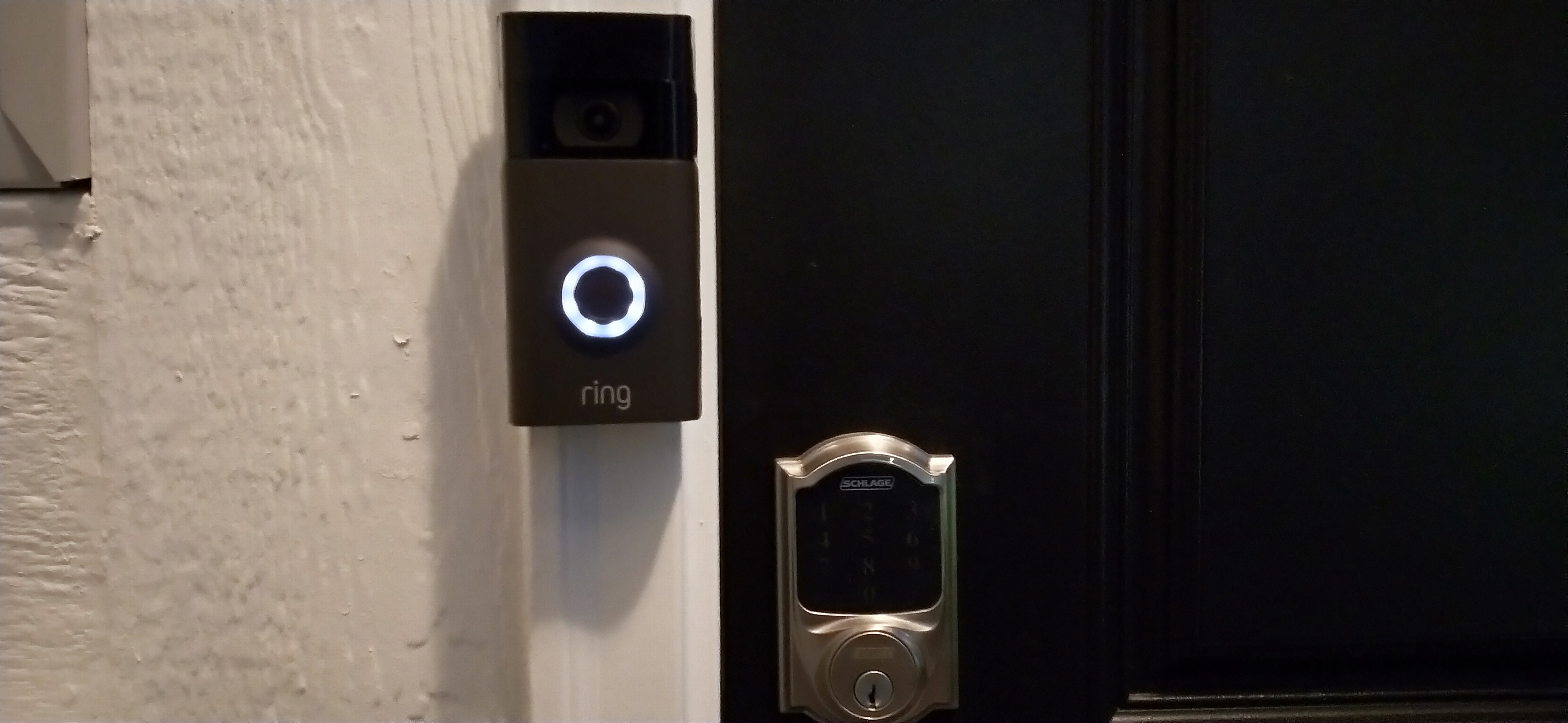
Security is a top concern for many homeowners, and smart technology is making it easier than ever to protect your space. In 2025, systems like Ring and SimpliSafe offer cameras, alarms, and sensors that you can monitor from your phone. A recent study found that homes with visible security cameras are 300% less likely to be broken into. Designers are integrating cameras into doorbells, lights, and even furniture, making them nearly invisible. Smart locks let you grant access to visitors remotely or set temporary codes for guests. Notifications and live video streams give homeowners peace of mind, whether they’re at work or on vacation. As these systems get smarter and more affordable, they’re becoming a standard feature in smart homes everywhere.
Home Offices Designed for Flexibility and Wellness
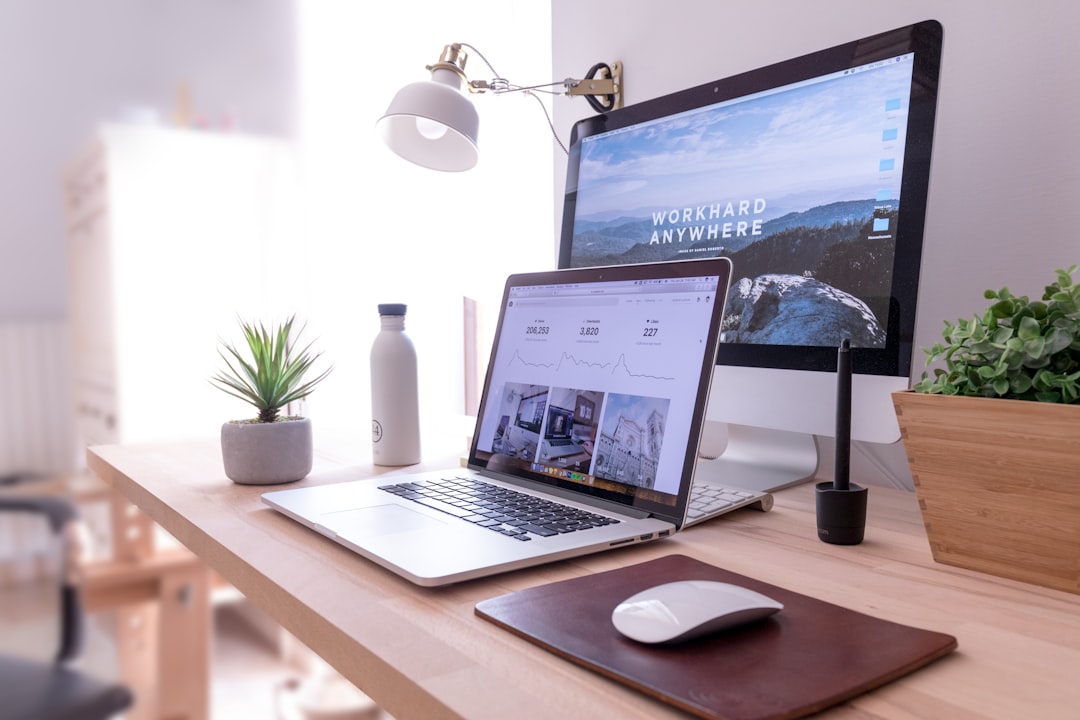
The shift to remote and hybrid work is transforming how people design their homes. In 2025, home offices are being built with ergonomic furniture, soundproofing, and smart lighting that adjusts to reduce eye strain. According to Global Workplace Analytics, 56% of the U.S. workforce has a job compatible with remote work, and this is influencing interior design choices. Designers are creating flexible spaces that can double as guest rooms or creative studios, with modular desks and built-in charging stations. Smart air purifiers and temperature controls help keep the work environment comfortable and healthy. Acoustic panels and privacy screens improve focus, turning any corner of the home into a productive workspace. This trend is about blending work and life without compromise, making homes more adaptable than ever before.

Henrieke Otte is an accomplished writer and content editor, specializing in topics that inspire thoughtful living—ranging from global travel and sustainable lifestyles to interior design and architecture. With a keen editorial sense and a background in cultural studies, Henrieke brings depth, elegance, and clarity to every piece she crafts.
Her work is known for its engaging voice, visual sensitivity, and ability to turn complex ideas into accessible, reader-friendly narratives. Whether exploring eco-conscious destinations, dissecting climate-conscious home trends, or curating serene living spaces, Henrieke writes with a balance of creativity and insight that resonates with design-savvy, environmentally aware audiences.
Driven by a love of meaningful storytelling and a refined aesthetic, Henrieke contributes regularly to digital platforms and magazines where quality content meets visual sophistication.
